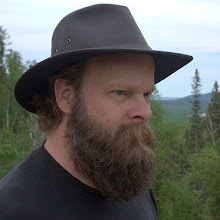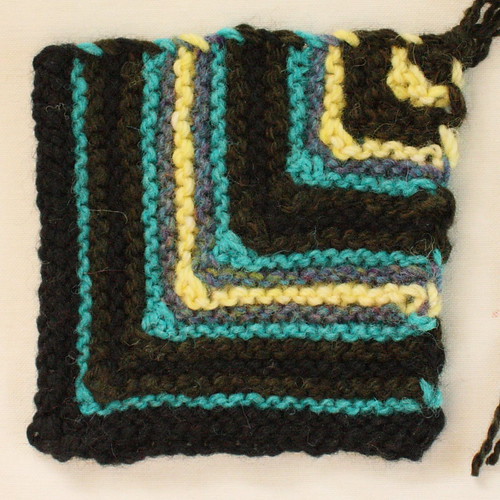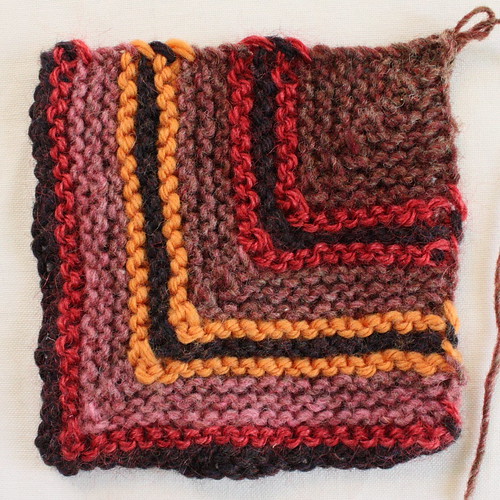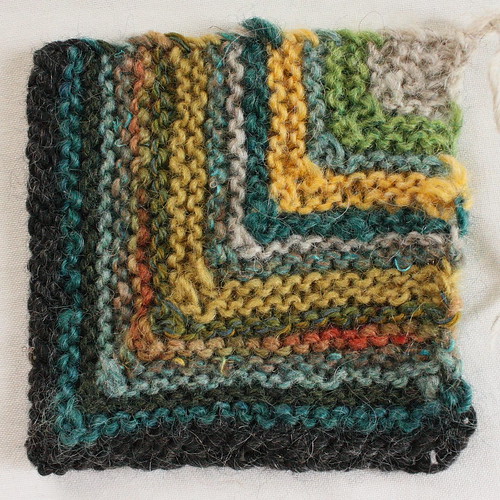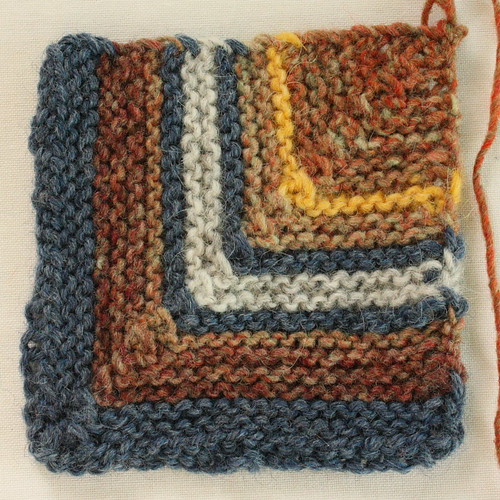
In the fall of 1922 my grandfather, Van, was 20 years old. Both Canadian railways ran a harvester special to the West. The return ticket from Toronto to Winnipeg cost $16 and you were guaranteed $5 a day plus food. Hearing it was a real adventure, Van decided to go with his friends, Art and Ernie. Art's home was in the West, but he worked for an uncle at the pickle factory in Simcoe, Ontario, where my grandfather had grown up.
The train coaches were called colonist cars. There was no dining car and the seats were all made of slats. They left Toronto with about 1,000 men in 20-odd cars. Each train stop everyone would rush to beseige the coffee shop for rolls, sandwiches, any food. When the whistle blew there was a mad scramble to get back to the seats. The seats would wear ribs in the boys' bottoms, so they sat on sweaters or coats for comfort.
Winnipeg station was jammed with farmers. My grandfather, his friends and two others were immediately hired by a farmer who took them straight to a restaurant for their first real meal in four days. Then they boarded another train, the farmer paying for their tickets, and early next morning they arrived in Margaret, Manitoba. After breakfast they dressed for threshing.
This was all done in the fields. One chap would drive the wagon and spread sheaves around while the ones walking on either side thrust their forks in stooks of wheat and lift it to the load. When the wagon was full it would drive to the threshing machine, and all was unloaded into a conveyor. By the end of the second day they all had big blisters on their hands. They didn't have gloves so they wore socks or wrapped their hands in cloth.
After settling down to harvester work way out on the Manitoba Prairie, imagine Van's surprise to find both Art and Ernie were receiving letters from Miss Fern Hyde, back in Ontario. Van had met my grandmother three years earlier and gone out with her, but they weren't married yet. She was attending normal school in Hamilton, so he didn't see her very often. His friends let Van read the letters, but there were none for him.
The third morning, Art had disappeared. Everyone was worried. The farmer called the station to see if any young fellow had shown. Yes, Art had walked five miles to wait for the train. He had found he was only 50 miles from home and hadn't seen his folks in months. He had bought a one-way ticket to Weyburn. Van and Ernie did not see him again till they got back to Simcoe.
They soon toughened up and liked the work. They were working outdoors, there was lots of food and the group was very congenial. Sundays they had the day off and would drive an old Model T less than 10 miles to a village in the USA. There was no Customs and Immigration, only a little store to buy chocolate bars and smoking stuff.
Once when Van and Ernie had a little spending money, they thought it might be an experience to try a woman, so they visited Winnipeg's large red light district. The women all seemed old and frowsy, and when Ernie told one woman they wanted someone younger she blew her top. Then the boys reached a dead end and had to walk back up the same street with all the ladies hurling abuse from the sidewalks and verandas. Never again, my grandfather decided.
Eventually threshing finished around Margaret and they moved north with it through Manitoba and Saskatchewan before getting back to Winnipeg the middle of December. Van had been sending all his money home for his sister, Myrtle, to look after, as there was not much to spend it on. They had their return tickets but finally decided to take one more job north of Winnipeg at Neepawa.
The bunkhouse there had been built in summer and the boards had dried so there were large cracks between them. At night the snow would blow in and across the beds. The boys slept with all their clothes on. In the morning they could only tell where the grain was by humps in the snow. After four days they decided they had had enough, and left without pay.
Ernie got a bank job in Winnipeg, but Van wired his sister to send money in care of a hotel in Toronto, as he was nearly broke. On the train back he spent the rest on chocolate bars and buns, whatever food he could get.
At the hotel in Toronto a cheque was waiting for him in the mail, but they wouldn't cash it or give him a room. He was hungry and didn't know what to do or where to go.
Then someone slapped him on the back and said, "What are you doing on Yonge Street in Toronto?"
It was the Sunday school teacher's husband from church in Simcoe. He took Van to his hotel room, took him out and fed him, and drove him back to Simcoe later next day. He wouldn't let Van cash the cheque. My grandfather arrived at his brother-in-law's farm three days before Christmas.
This story is adapted from memoirs my grandfather wrote down in 1980, four years before he died, and I collated and edited for the family in 1996. The booklet turned up this week while I was packing for the move. He was a good storyteller, so perhaps I will post more of these tales as time goes on. I didn't have any memories of my own to draw on for the colours in this square and I have never seen the Canadian Prairies in person, but the rusty-gold Noro Kureyon reminded me of harvest, and the blue of an endless sky.

